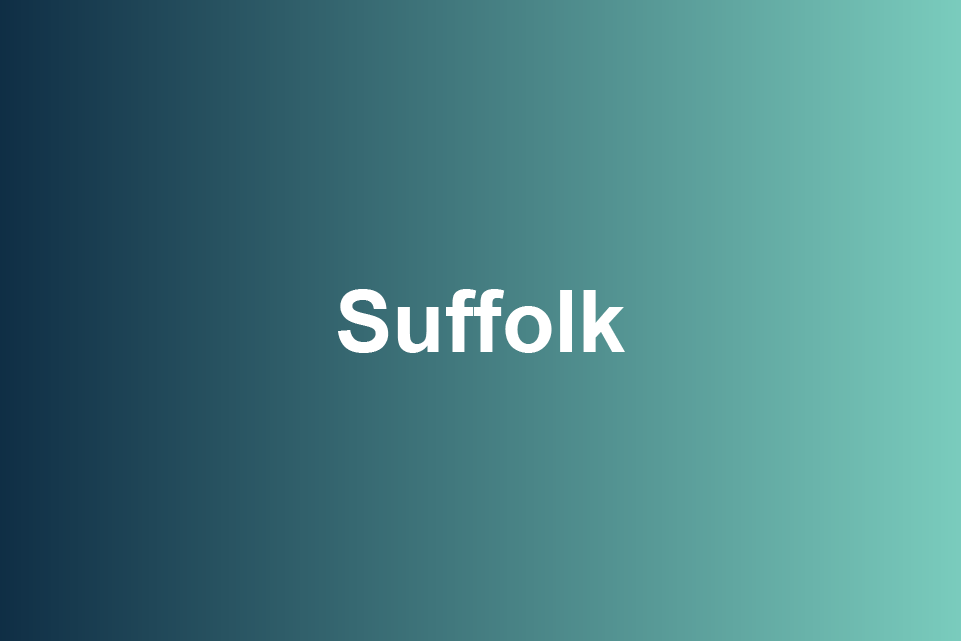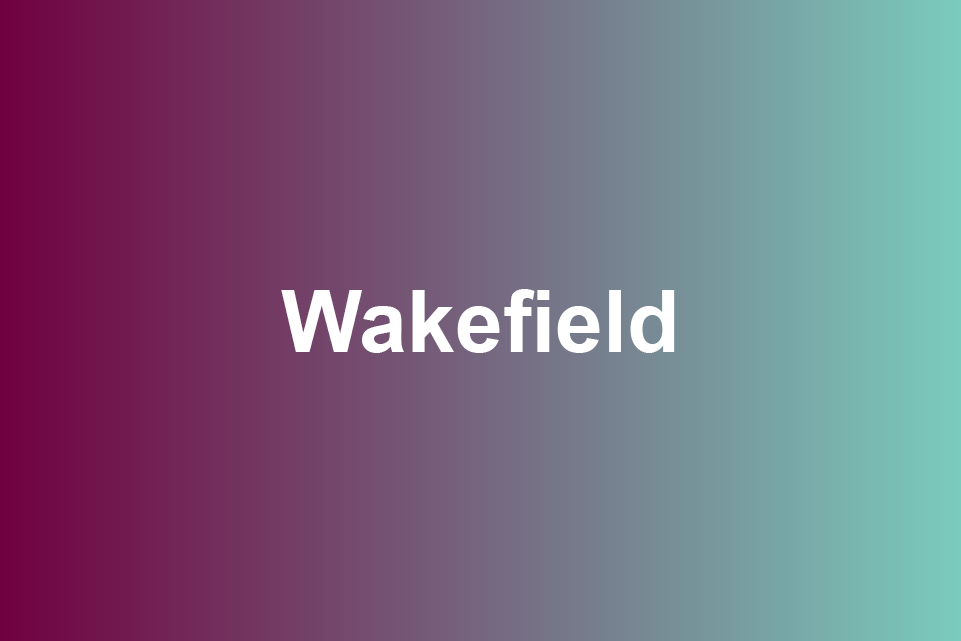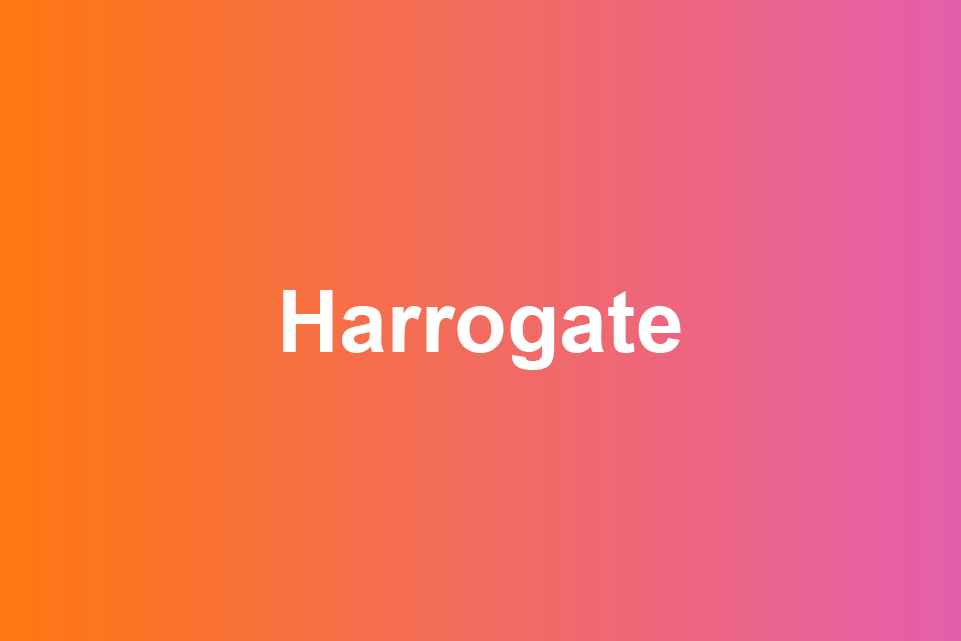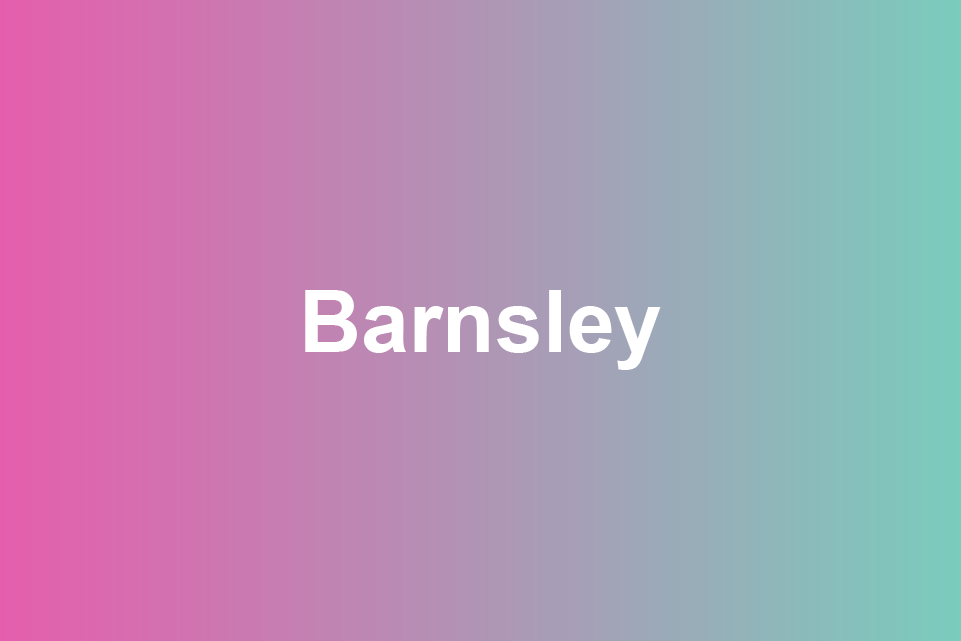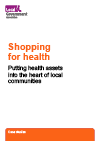
Introduction
As leaders of place, councils have already been working hard to repurpose their town centres and respond to longer-term trends in how our high streets are used. They recognise that the pace of change and intervention will need to quicken as a result of the COVID pandemic.
Councils regard the long-term changes needed as an opportunity to reconnect communities with their high streets and town centres as well as meet other local priorities, such as housing, access to services and better public health. They want to do what they can to help all towns and cities to adapt to changes in the way we use our high streets and town centres.
The most vibrant town centres offer a wide range of services, events and promotions which establish the town centre as a multi-purpose retail, cultural, community and economic hub. The proliferation of betting shops, fast food outlets and payday lenders in some areas have been identified by some as having a negative impact on the vibrancy of the local high street.
This service mix is crucial to the future of high streets as it is an offer that cannot be matched by its main competitors, out-of-town shopping centres and the Internet. Local councils understand this and have been working to diversify the high street offer based on local circumstances.
According to data from the Office for National Statistics, retailing currently accounts for an average of around 33 per cent of addresses on high streets, the second highest use after residential, which accounts for an average of around 55 per cent. In most regions and countries, around 10 per cent of addresses are offices and around 2 to 3 per cent are leisure or community facilities. The figures across Britain remain similar to 2019, although there is a slight rise in the proportion of residential addresses, around 1 to 2 per cent across most regions and countries. The proportion of retail addresses has fallen across Britain by similar amounts.
There are both social and financial costs associated with empty shops. For example, vacant shops cost London’s economy an estimated £350 million according to data from the Greater London Authority (through loss of business rates, loss of earnings and the subsequent cost of unemployment and job seekers allowance). Further to this, empty shops can cause a ‘negative feedback loop’ which means they discourage investment, decrease the offer of a high street, prevent consumers from visiting and contribute to a general sense of decline and neglect.
There is increasing appetite from across local government and the NHS to realise the role of health in supporting the economic and social recovery and in particular to reimagine our relationship with the high street. In 2020, the NHS Confederation and Power to Change published, ‘Health on the high street: How integrating health services into local high streets can generate economic, social and health benefits for local communities’. The report examines how place leaders and managers can begin to better embed health into the heart of our places.
Building health into the high street has multiple benefits. It can play an important role in addressing health inequalities, offer much-needed additional capacity for health service delivery and attract more people into their local high street, while encouraging healthier lifestyles. Not only would more people visit and use high streets, the types, ethos and diversity would change. Those who may not use high streets regularly to shop would, for example, use them to attend health services, making more vibrant community spaces.
As high streets tend to be at the centre of public transport networks, this can make a wide range of health services more accessible to people and, importantly, increase their engagement and effectiveness. Placing this principle at the heart of service design can stimulate a new chapter in how public services such as local councils and NHS engage with citizens and communities. It would also reduce carbon emissions, as travel to distant hospitals could drop, and reduce footfall in hospitals during the COVID-19 pandemic. This can include both widening the offer in existing NHS high street premises such as community pharmacists, and looking at newly vacant space on the high street that could be utilised by the NHS and local public health services in partnership with a range of other services.
A range of innovative approaches were adopted in delivering the COVID-19 vaccine – from mobile vaccination clinics, shopping centres and supermarkets to colleges, places of worship, community centres and empty retail spaces. We need to build on this and demonstrate how it should form part of local planning post pandemic, particularly given it helped increase footfall and support local businesses.
The Government has rightly identified local councils as having a critical role to play in the future of high streets and we welcomed the original and subsequent increase in funding through the Future High Streets Fund. The Stronger Towns Fund and Towns Deal funding will also help many places to adapt to changes and make the most of opportunities.
High streets are notoriously difficult contexts in which to effect change, with multiple stakeholders and interests that cross local council jurisdictions and departmental divides. By learning from others who have taken a wide range of approaches to addressing the multi-faceted issue of retail vacancy, the case studies presented here will provide a resource that can support action at all scales, from market towns to major metropolitan centres. We hope you find this useful.







